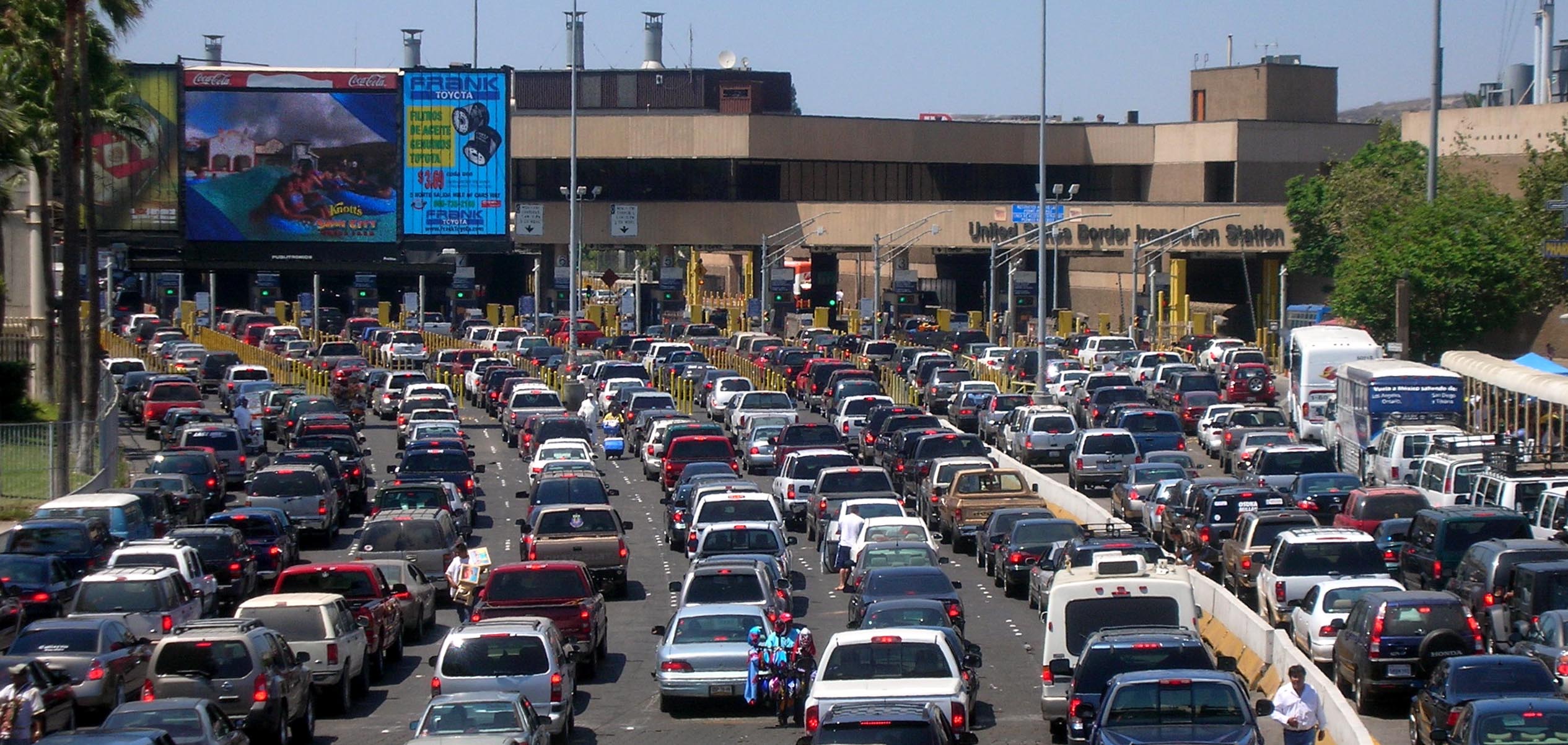Truckers importing from Mexico into the United States are experiencing severe delays and increased wait-times after the U.S. drastically reduced the number of Customs and Border Protection (CBP) personnel handling Mexican border crossings, reassigning them to assist with the processing of illegal immigrants. Citing a “large scale surge of migrants trying to make their way into the United States,” the U.S. President made the decision to reposition over 750 agents to focus on illegal immigrant searches causing delays of up to 10 hours at major crossing points.
There are 25 land ports of entry along the 1,969-mile U.S.-Mexico stretch that serve as major trade gateways between the two countries.
“In the first two months of 2019, Mexico was for the first time the United States’ number one trade partner. There is no other market to which the United States exports more than to Mexico,” said Mexico’s Foreign Ministry. “The delay in the flow of people and goods [across the border] is detrimental to our economy and regional competitiveness. The Mexican Foreign Ministry will again call on U.S. authorities to speed up the flow of goods as well as strengthen mutual cooperation in order to guarantee the effectiveness and security of our common border.”
Now, as freight congestion at the border enters into its fourth week, shippers have begun scrambling to find alternative ways to route their goods to and from the United States.
CHECK OUT U.S.-MEXICO BORDER WAIT TIMES TRACKER (LIVE!)
CONGESTION CUTTING STRATEGIES:
- Prioritize your loads. Shippers must consider prioritizing freight by immediate need to ensure urgent cargo is moved first.
- Alternative modes. While airfreight is notoriously more expensive than ocean/domestic cargoes, it’s also more realistic for this trade lane because there isn’t a lot of capacity in ground moves. Rail companies in Mexico are operating at capacity, which deters shifting truck freight to intermodal rail. Businesses may also want to consider ocean routes to the United States, but should consider less congested ports of entry before making any rash moves.
- Alternative ports of entry. It may be possible to shift freight originating in Monterrey, Mexico, for example, from the Laredo crossing (145 miles) to McAllen-Pharr (155 miles), in synchronization with the local carriers and Customs offices, but most shippers are dependent on specific crossing points or areas.
- Get FAST-er. In order to speed up the import process, U.S. importers should look into expedited cargo clearances, such as the Free and Secure Trade (FAST) program, that was created after September 11thterrorist attacks. FAST lanes can help reduce border wait times, especially during period of peak congestion, but has its limitations. Only 11 of the 23 U.S.-Mexico border ports have FAST lanes and, according to CBP, it is unlikely all of those FAST lanes are fully staffed and open.
With the U.S. threatening to fully close down the border and traffic increasing as we head into summer/spring holidays, importers and exporters must get a better understanding of their goods, priority of delivery, and alternative routing options.
While the unofficial slowdown at the border may be a negotiating tactic for automobile industry leverage, stakeholders should consider the greater impact of prolonged congestion on the U.S. economy. Panic in the case of an official border shut down, which is already a threat on the table, has also created a rush of shipments, not unlike what we saw happen as tariffs on Chinese goods. As the United States continues the negotiation and re-negotiation of agreements with its major trading partners, importers and exporters should pay close attention and actively participate to secure protection for their businesses’ supply chains.
Need help? Go Green and ease operational friction with timely communication from friendly freight experts.
As Green continues to monitor the situation, stay up-to-date on freight news by following us on Facebook, Twitter, and LinkedIn or, subscribe to Green’s Freight Talk blog to received updates directly to your email.






